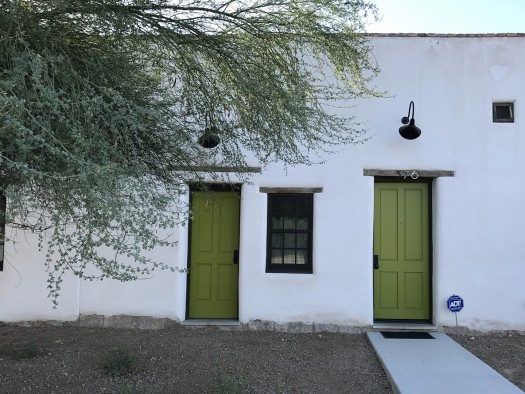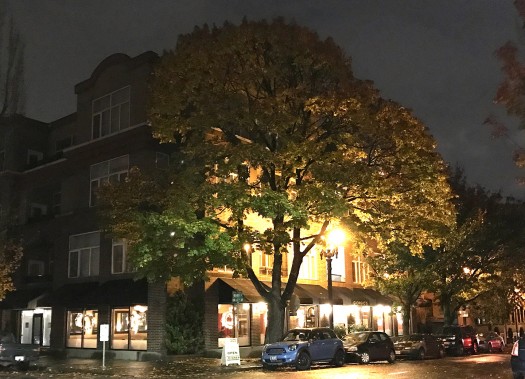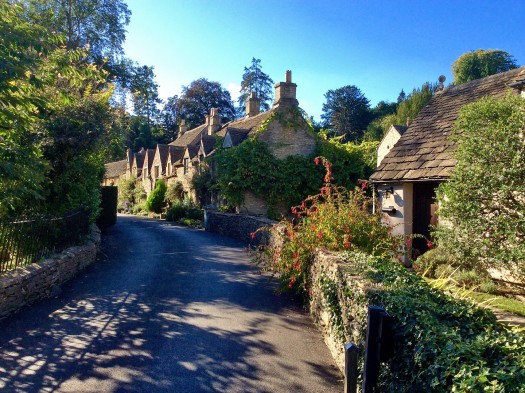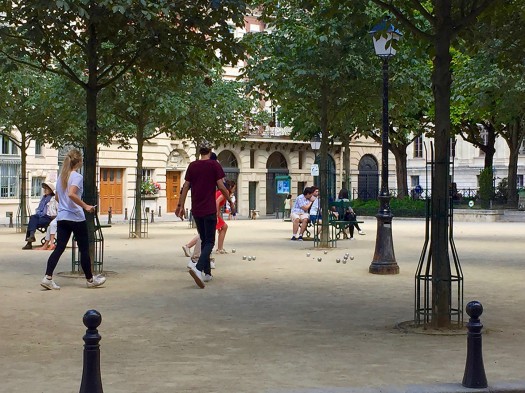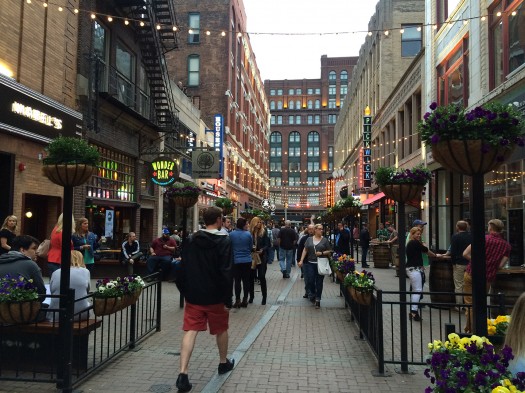Finding Tucson’s Lovable Places
I was inspired and delighted last week by working in Tucson and Marana, Arizona. Whenever we are writing character-based zoning, one of the first things we do is a regional tour to analyze the DNA of the most loved places. Places cannot be resilient unless they can be loved. It’s one of the basic principles…
Read MoreLoneliness, Isolation, and Dementia: Walking down our odds of disconnection
In this week after the most contentious U.S. presidential election of my lifetime, millions of us are feeling lonely, regardless of which way we cast our vote. Loneliness is not the result of being alone, but rather the feeling of being disconnected. Now more than ever, all that connects us to common ground – and…
Read MoreNIMBY, I Hardly Knew Ye
Last week I stepped back in time a bit to revisit the idea of NIMBYs (Not In My Back Yard opponents to development) and consider anew whether their tenacious aversions earn them the lauding of heroes or the disdain we reserve for villains and scoundrels. As I said then, in many cases, NIMBYs have kept…
Read MoreNIMBY Nation: Mad as hell and I don’t blame ‘em. For now.
Five years ago I felt like NIMBY activism was at a crossroads. Would it flame out, further becoming a cartoon of a once valid endeavor, or would it find its footing as torchbearers of meaningful collaboration towards community change? Those thoughts are republished below. Next week I’ll follow them up with a look at where…
Read MoreThe City as NORC: It’s the people thing
When The New York Times used my wife and me as examples in a story about retirees’ growing preferences for urban life, it was a chance to literally walk the talk. I’ve been writing about my Baby Boomer cohort for all my career, first in the ‘60s alternative press, then in newspaper and magazine stories…
Read MoreWhy Can’t My Zoning Create a Diversity of Places?
Planners frequently use the place type framework to identify different issues, challenges, and assets throughout a municipality or a region. While there isn’t a standard used across the profession, it is generally accepted that the broadest range of places includes the hamlet, village, town and city. Historically we intuitively understood how to build these places…
Read MoreThere Goes the Neighborhood: Oh no, not Burning Man!
Reprising: “Can’t we all just get along?” Answer: Probably not. And we should be thinking about why and how that informs what we do to help neighborhoods and cities adapt to change. Let’s pick an example unlikely to trigger the usual arguments over race, ethnicity and inequality, yet one that might be more helpful because…
Read MoreTriangular Plazas: Flexible, outdoor rooms with meaningful uses
Last year I enjoyed thinking of the critical components of a successful plaza: activity, locals, and a third place. Great plazas are hosts to community engagement any time of the day or evening, they attract both locals and tourists, and always have a third place fronting at least one edge of the outdoor room. A…
Read MoreFour Characteristics of Active, Healthy Neighborhoods
Scientists are learning more and more about how where we live affects the amount of exercise we get, and thus how fit and healthy we are likely to be. In general, city dwellers are particularly well placed to get regular exercise if they can take care of some or all of their daily errands without…
Read MoreInclusive Cities: Inclusion equals diversity plus equity
The placemakers way is to enable the triple bottom line of resilience: environment, economy, and society, trying to balance the needs of people, planet and profit. And yet it’s always easier to measure the impacts of our collective choices on profit — or even on the planet — than it is on people. We’ve blogged…
Read More

